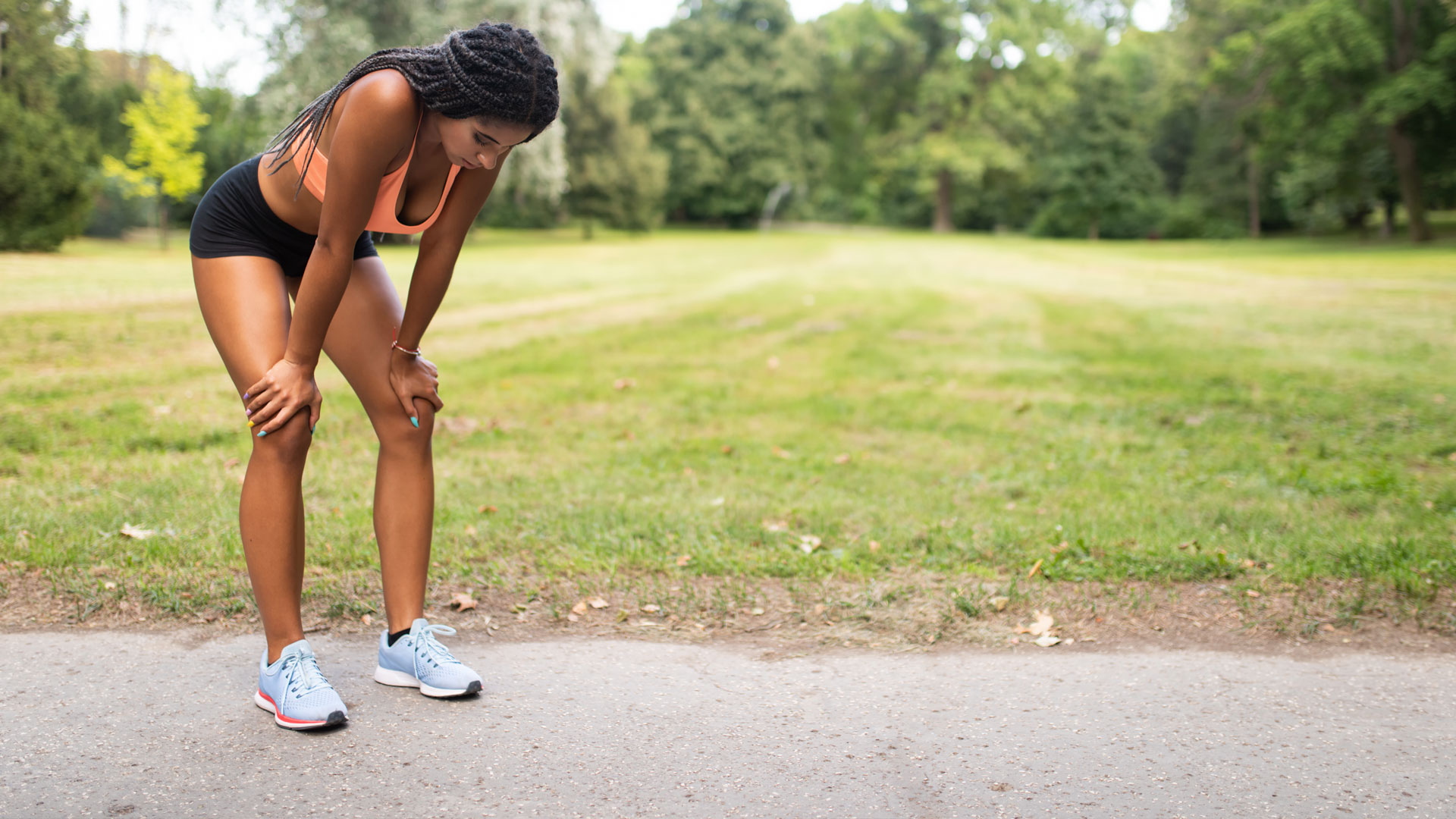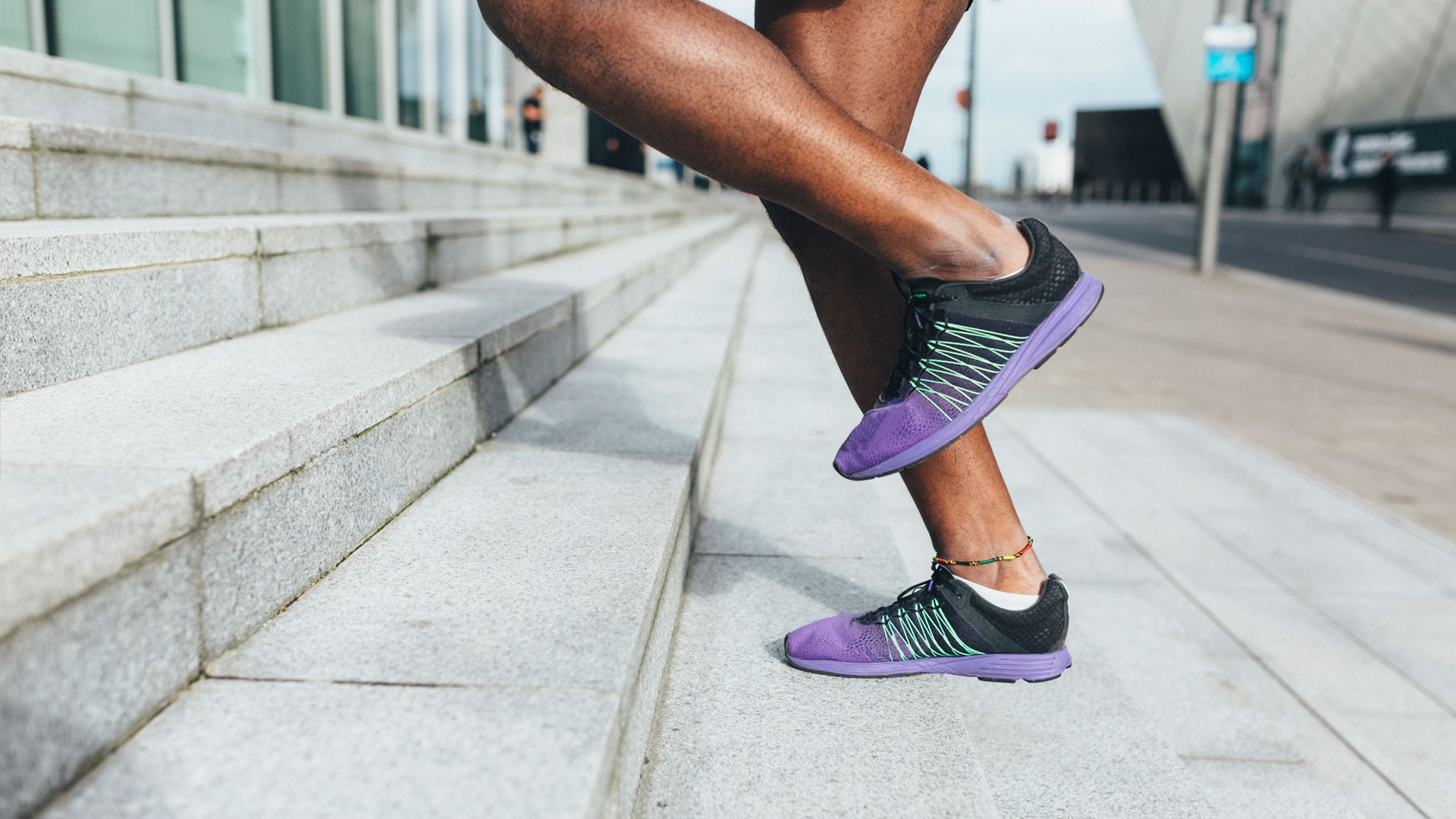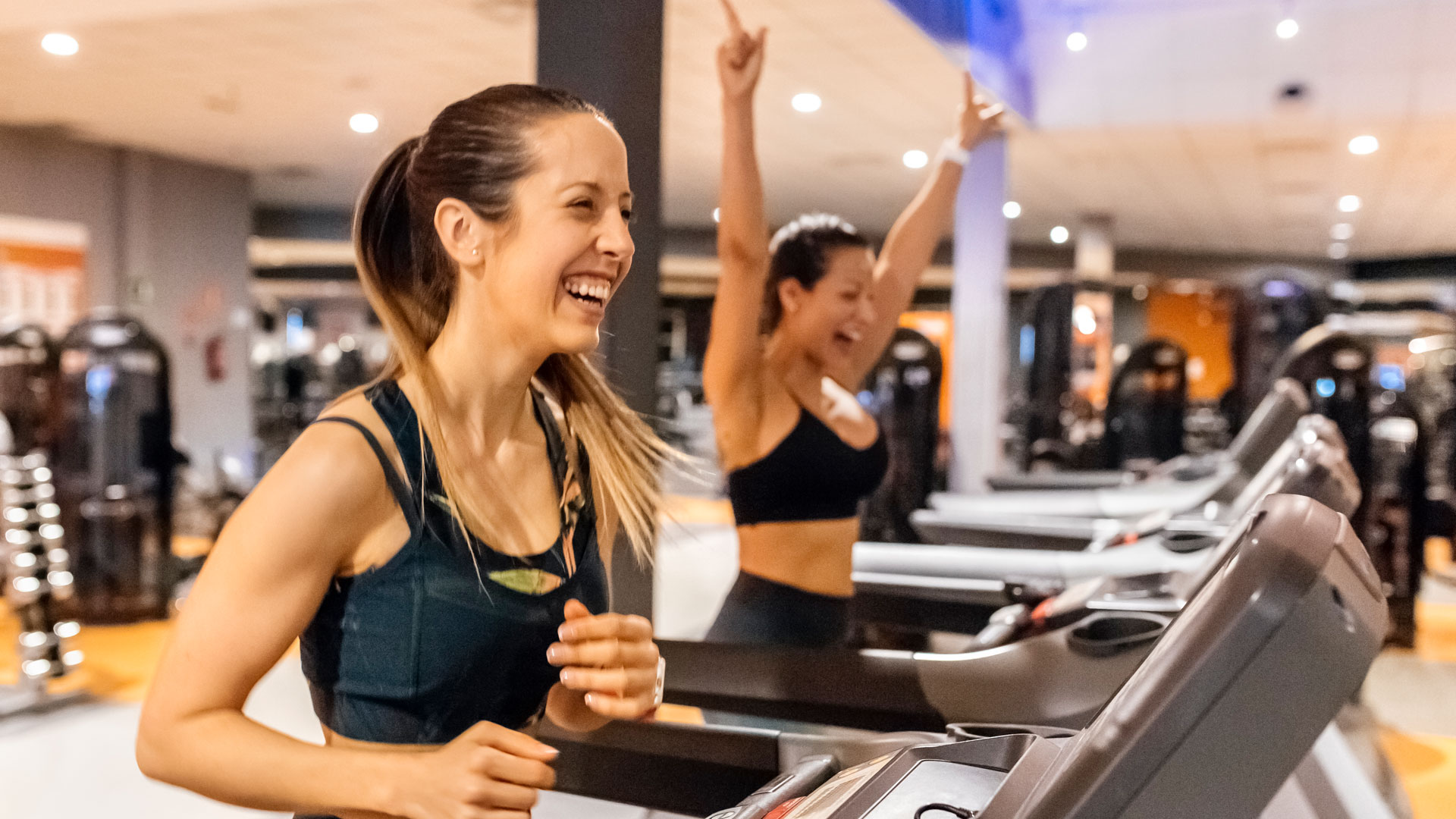How to start running
A complete guide to how to start running with top tips to get you started.

If you're wondering how to start running, it's no surprise. Not only are there plenty of health benefits to running, but it's also an incredibly accessible form of exercise.
Running is known to boost fitness levels, assist with weight loss, and lower blood pressure, but it's also a great way to increase your muscle strength and reduce joint problems as well. And there are plenty of different ways to explore getting started, from hitting the tarmac in your local area to pacing away on some of the best treadmills on the market. Whether you want to learn how to run faster or how to run properly, the learning journey never ends.
Aside from the physical health benefits, the mental health benefits of running are pretty impressive too. According to a review published in 2020 in the International Journal of Environmental Research and Public Health, runners were generally found to have lower depression and anxiety, lower stress, higher psychological well-being, and better mood than non-runners.
That said, there are a few key ways to prepare yourself before you crack on. From investing in the correct kit and best running watches to fueling your body properly, here are some of the top things to consider when learning how to start running.
How to start running: Get the gear
The most important piece of running gear to invest in is a great pair of sneakers. You might find the choice overwhelming at first, but a good place to start is booking yourself in for a gait analysis at a reputable sports store. They will assess your running and give you invaluable advice on your running style and pronation (the way your foot rolls inwards when it strikes the ground) and recommend the best shoe for you taking into consideration your running goals and any previous injuries.
It’s worth investing in running socks as opposed to wearing your usual socks, as they’ll be made from a breathable, quick-drying fabric and have extra padding in the areas that take the most impact – mainly your heel, foot arch and toes.

It’s also essential for women to get a good sports bra for running – no matter what size you are – to avoid breast pain. Research published in Human Movement Science showed that not wearing the correct sports bra can significantly restrict a runner's range of movement.
We would recommend wearing comfortable sports clothes, ensuring that you layer up with thin breathable layers in the winter to remain warm without overheating. It’s also worth considering a lightweight water bottle to keep yourself hydrated through your runs.
How to start running: Set realistic goals
It’s easy to rush headlong into a hardcore training program without considering how it will affect your routine in the long-term. Unfortunately, this can easily lead to disillusionment, with runners breaking their habit before its fully formed. No matter whether you find treadmill running easier than outdoor running or vice versa, try to create a realistic training plan that will help you stay on track and make progress.
We would recommend finding a plan that’s ambitious, but is a realistic goal. Some examples include the popular Couch to 5K programme, building up to a 10k, or finding a beginners marathon plan such as the popular training app from runner and sports writer Hal Higdon.
Most importantly, we would recommend looking at how often your chosen plan suggests training and consider whether you can fit that in around your work and home commitments.
How to start running: Focus on nutrition
Starting a running regime is tough and there’s nothing more demoralizing than feeling like you have no gas in the tank early on in a run. It’s unlikely that you’ll need to specifically eat more calories before a run if you’re out for less than 60 minutes at a comfortable pace. However, if you’ll be going for anything longer than this, then consider a snack that’s low in fat but high in carbohydrates, such as a slice of toast. This will help give you a sufficient energy boost on your run.
A report published in Nutrition Today has shown that carbohydrates are the primary macronutrient for sustaining and improving physical performance, so ensure your snacks are carb-heavy and that approximately half of your dinner plate is made up of carbohydrates. The best sources are the ones closest to their natural state rather than processed.
Not sure what to eat before a run? There are two primary types of carbohydrates, complex and simple. Complex carbohydrates – such as pasta, grains and potatoes – are digested at a steady rate and consistently fuel your body, and used by long distance runners to fuel up over prolonged time periods. Meanwhile, simple carbohydrates, such as fruit, honey and dairy products, are eaten by sprinters and high-intensity athletes to power quick bursts of energy.

As you increase the amount of exercise you do, you’ll need to gradually increase your energy intake by adding in an extra snack or by slightly altering your meals for additional calories.
What you eat post-run is equally as important as fueling up before exercise. A study in the Journal of Sports Science and Medicine found that it’s essential to consume carbohydrates as soon after exercise as possible to maximize muscle glycogen replenishment. It also suggested that muscle glycogen storage was significantly increased when you add a protein with your carbohydrate, because the combination creates a greater insulin response. Experts from the Journal of the International Society of Sports Nutrition suggest aiming to eat this – such as a peanut butter sandwich within two hours of your run.
Efficiency of muscle glycogen storage can be increased significantly with the addition of protein to a carbohydrate supplement (~4 to 1 carbohydrate to protein ratio). The addition of protein to a carbohydrate supplement also has the added advantage of limiting post exercise muscle damage and promoting muscle protein accretion.
How to start running: Create a stimulating routine
Just as with any hobby, you’re more likely to stick to an activity if it becomes a habit. A study published by the European Journal of Social Psychology found that it takes an average of 66 days before a new behaviour becomes automatic. This is why it’s important to avoid giving up in the first two months of your new training plan if you’re struggling with motivation.
To help avoid this, why not join a running club or start running with a friend. Alternatively, you could go for your runs at a specific time of each day to help build a concrete habit and routine.
How to start running: Knowing how to cool down
Immediately after running you will have an elevated core body temperature and limber muscles, so stretching exercises will help you cool down and improve your flexibility. Cool-down exercises will also help your body to safely lower your heart rate and return your breathing to a regular rate.
Stretch the areas you have used the most, such as your hip flexor, thighs, hamstring and iliotibial band. You can also try some basic yoga poses using one of the best yoga mats or use a foam roller to prevent stiff joints and tight muscles. Research published in Sports Medicine suggests a proper cool-down is thought to increase blood flow and reduce the accumulation of metabolic by-products and factors associated with muscle soreness, so will keep you feeling supple and injury-free on your running journey.
Sign up for the Live Science daily newsletter now
Get the world’s most fascinating discoveries delivered straight to your inbox.
Deborah Fraser is a lifestyle writer and Live Science contributor based in the United Kingdom. She has contributed to a number of national publications and titles, primarily writing about topics such as health, the environment as well as sustainable travel. She holds a bachelor's degree in journalism from Bournemouth University.











